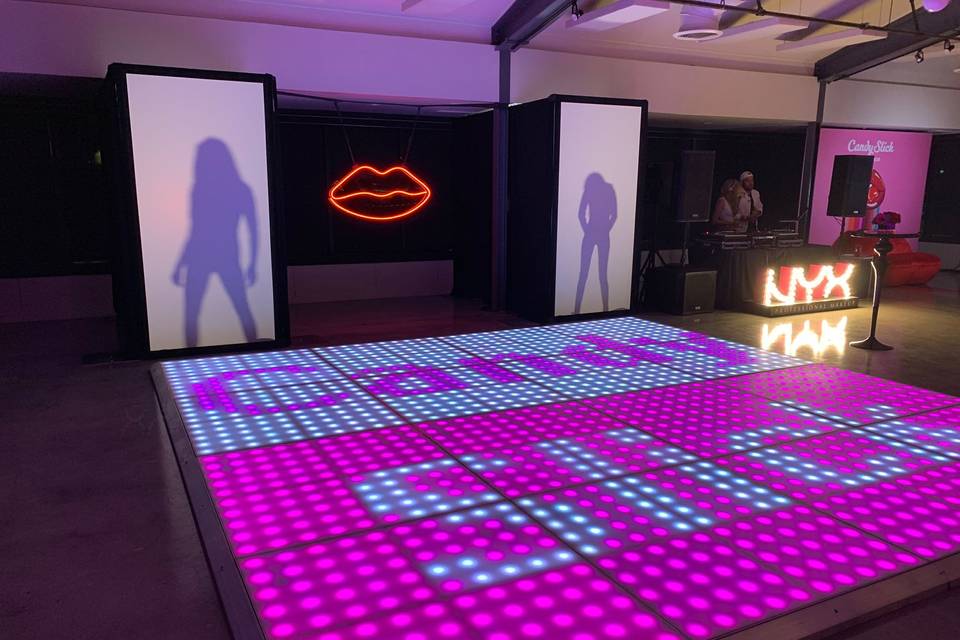Enhancing Ingenuity With Color Principles in Light Emitting Diode Movement Floor Creations
Enhancing Ingenuity With Color Principles in Light Emitting Diode Movement Floor Creations
Blog Article
Color concept is a crucial aspect of design, particularly as it relates to designing LED dance surfaces. The interplay of colors can greatly influence the mood and energy of a venue. By understanding how colors function together, creators can create an environment that improves the overall experience for participants. This piece explores the basics of hue theory and its application in light-emitting diode dancing floor layouts.
The primary colors are crimson, azure, and golden. These hues cannot be made by mixing other colors together. Secondary hues, such as emerald, tangerine, and violet, are formed by combining main hues. Third-level hues are formed by mixing a primary hue with a intermediate color. Understanding these fundamental connections helps designers choose hues that enhance one another and create a visually appealing show. Mixing these hues on an light-emitting diode dancing surface can result to dynamic and exciting effects that capture the attention of participants.
Hue value also holds a key role in design. Colors can be categorized as warm or cool. Warm colors, such as red, orange, and yellow, tend to elicit emotions of excitement and heat. In opposition, chill hues like blue, green, and purple typically generate a serene and soothing atmosphere. Creators can utilize these hue temperatures to set the mood for various kinds of occasions. For example, a celebration environment may benefit from warm colors that energize the audience, while a more calm occasion might use cool hues to provide a calming influence.
In furthermore to color combinations and value, luminosity and saturation are essential elements to take into account. Brightness refers to how bright or dark a color looks, while intensity measures the vividness of a color. Vivid, saturated hues can generate a lively and lively environment, ideal for dancing floors. On the other hand, softer, lower intense hues can create a more subdued atmosphere. By adjusting luminosity and saturation, designers can attract focus to particular areas dance floor rental for vip events of the dance surface or establish visual pathways, leading participants through the space.
Ultimately, it is essential to take into account the emotional effects of color in light-emitting diode dance floor layouts. Various colors can evoke different feelings and responses. For example, crimson is frequently associated with passion and vitality, while azure can be soothing and peaceful. Understanding these connections enables designers to strategically apply hues to influence the behavior of participants. Through incorporating hue principles into light-emitting diode dance floor layouts, designers can improve the overall check over here experience, making it memorable and enjoyable for everyone involved.